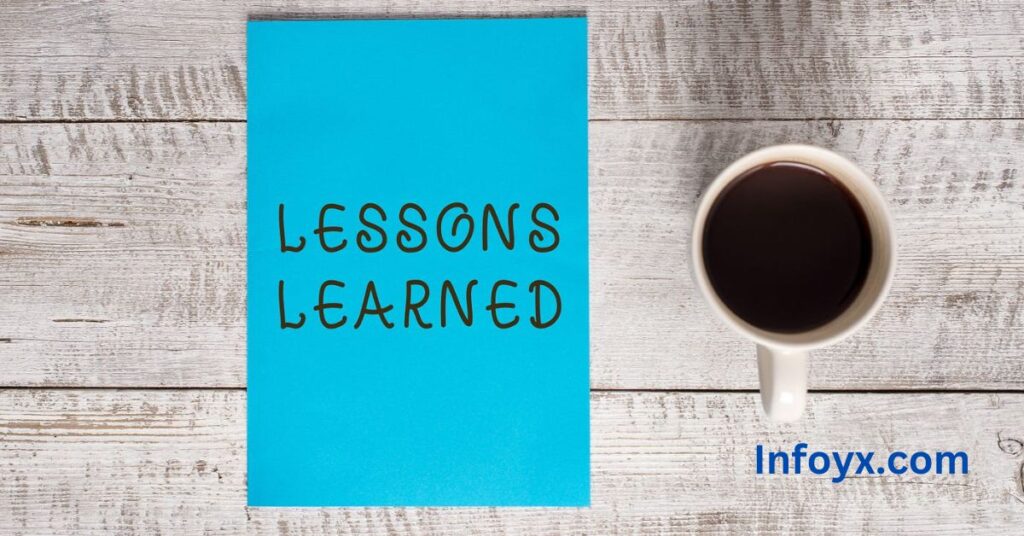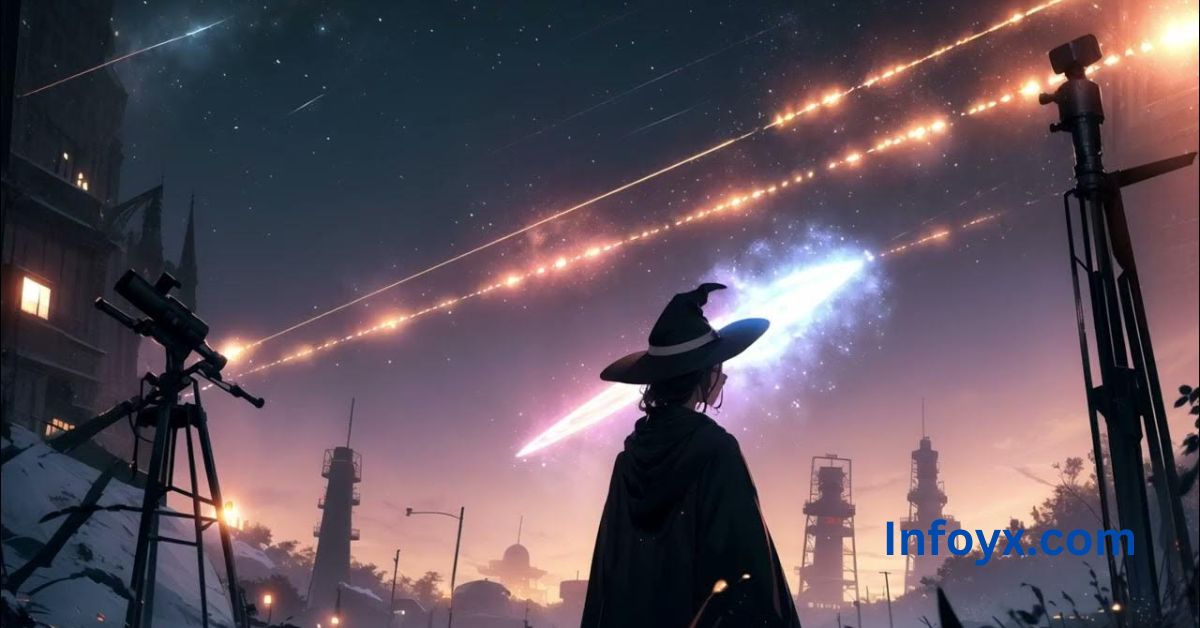Time has a way of transforming everything—human beings, places, or even the essence of memories. When a story starts with the word “30 years have passed since the prologue,” it indicates a planned and effective bounce in time, inviting the target audience to explore the enormous changes that have opened up over three decades.
This storytelling approach is frequently used in books, films, and other creative works to create intrigue and set the stage for a new chapter within the story.
But what does it suggest that 30 years have passed? Let’s examine the importance of this idea, how it affects narrative, and how audiences respond to it.
Understanding the Prologue:
The prologue serves as the foundation of a tale. It introduces key events, characters, or conflicts that lay the foundation for what’s to come. Often, it is a snapshot of a pivotal second in time, leaving the target market curious about how the destiny will spread. When 30 years pass between the prologue and the primary narrative, it allows for a wealthy exploration of ways the arena and its inhabitants have modified.
In this gap, questions arise:
- How have the characters grown or regressed?
- What challenges have they faced in those three decades?
- In what ways have civilizations, cultures, or relationships changed over time?
This time bounce creates a blank canvas full of possibilities for character development, plot twists, and reflections on the passage of time.
Also Read: Jerry Savelle Cause Of Death-A Life Dedicated to Faith and Service
The Impact of a 30-Year Time Jump:

A 30 year jump in storytelling profoundly impacts the narrative and the target audience. The following are some of the main effects:
1. Generational Shifts:
Three decades is enough time for a completely new technology to return to age. In tales, this often introduces younger characters who are prompted via the activities of the prologue but bring their perspectives and demanding situations. This generational shift adds complexity as older characters grapple with their legacy while more youthful ones carve their paths.
For instance, in family dramas, the 30 year gap might spotlight how the actions of one technology form the following. In sci-fi or fantasy, it’d show how advancements in generation or magic have altered the fabric of society.
2. Evolution of the World:
The arena can alternate dramatically over 30 years. Technological advancements, political shifts, cultural revolutions, and environmental changes shape the story’s setting. This allows storytellers to create a dynamic and immersive global that feels alive and conscious of the passage of time.
For instance, a dystopian novel may use time to show the decay of a once-thriving town, while a historical drama may screen the aftermath of a first-rate conflict and how it reshaped the lives of its characters.
3. Reflection on Time and Legacy:
The phrase “30 years have passed since the prologue” frequently inspires an experience of nostalgia and mirrored image. It prompts characters and audiences alike to consider how the beyond has formed the existing. This subject of legacy—the effect of past selections and movements—is a powerful motive force of emotion and intensity in storytelling.
Characters may wrestle with unresolved conflicts, rekindle antique relationships, or come to terms with the results of their selections. These reflections create a poignant connection between the prologue and the present-day narrative.
Why This Resonates with Audiences:
The idea of 30 years passing resonates deeply because it mirrors real life. Time changes everything, and audiences can relate to reflecting on the past and how far they’ve come. It’s a typical enjoyment that provides authenticity and emotional weight to the tale.
This technique also mimics the human fascination with “what if” situations. What if we ought to see our destiny? What if we ought to revisit the beyond? The 30 year gap invites audiences to contemplate these questions and immerse themselves in a world that has been transformed over time.
Challenges and Opportunities for Storytellers:
While the 30 year time jump offers wealthy storytelling opportunities, it also provides challenges. Writers and creators should balance supplying enough context about the beyond and retaining the current narrative attractive. Some considerations include:
1. Backstory Integration:
How much of the prologue should be revealed or revisited? Flashbacks and dialogue can help fill in gaps without overwhelming the audience.
2. Character Continuity:
It is crucial to maintain consistency in character development over three decades. Aging, personality changes, and life experiences must feel authentic.
3. World-Building:
The evolution of the story’s world must be logical and believable. Small details like technological advancements or societal norms add depth and realism.
Lessons We Can Learn from This Concept:

The passage of 30 years teaches us about the inevitability of exchange and the importance of the edition. Whether in fiction or truth, time demands that we develop, learn, and include the unknown. Stories with this theme remind us to cherish the present while being mindful of the legacy we leave behind.
As individuals, we often reflect on our 30 year journeys. How have we changed? What have we achieved? These stories serve as mirrors, encouraging us to appreciate our progress and strive for a meaningful future.
Also Read: 16708 Three Forks Rd Lorado WV-A Hidden Gem Worth Exploring
FAQs:
1. Why do storytellers use a 30 year time jump?
A 30 year time jump permits creators to discover full-size changes in characters, societies, and worlds. It provides a sparkling attitude to the tale while preserving connections to the past.
2. How do writers handle backstory for such a long gap?
Writers regularly use flashbacks, communication, and recommendations inside the narrative to show key activities that occurred during the gap. This technique keeps the audience engaged without overwhelming them with exposition.
3. What makes a 30 year gap different from other time jumps?
A 30 year gap is long enough to expose generational shifts and considerable societal changes but quick enough for a few characters to stay in the story. This balance creates a unique dynamic between continuity and evolution.
4. What are some common themes in stories with a 30 year time jump?
Common issues include legacy, generational battle, the effects of past actions, and the inevitability of trade. These themes resonate deeply with audiences because they reflect real-life experiences.
5. Can this storytelling device work in all genres?
Yes, a 30 year time jump can be tailored to diverse genres, from science fiction and fantasy to drama and historical fiction. The secret is to make certain the time jump serves the story and enriches its issues.
Conclusion:
“30 years have passed since the prologue” is more than just a storytelling device; it’s a profound exploration of time, transformation, and legacy. By bridging the distance between past and gift, this narrative technique creates a tapestry of increase, battle, and mirrored image that resonates deeply with audiences.
Whether through generational shifts, international building, or man or woman evolution, the 30 year time leap provides intensity and richness to storytelling. It reminds us that while time changes everything, it additionally offers new possibilities for boom, recovery, and discovery.

